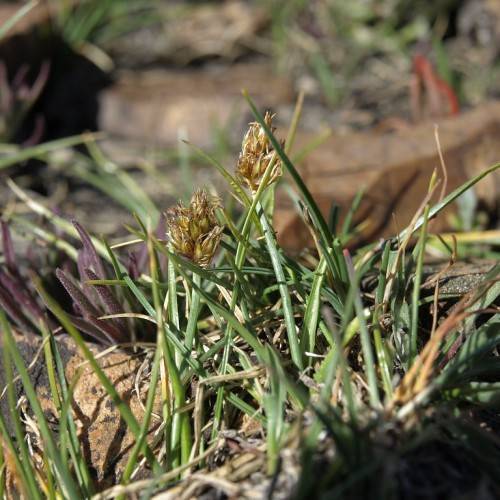
Coastal Sand Sedge
Carex incurviformis
Also Known As - Seaside Sedge,Curved Spike SedgeWatering:
Minimal
Hardiness Zone:
Flowers:
Flowers
Sun:
Sun, Partial Shade
Soil:
Clay, Sand
Leaf:
Yes
Growth Rate:
Low
Drought Tolerant:
Yes
Salt Tolerant:
Yes
Care Level:
Medium
watering
Porcupine sedge should be watered regularly—the soil should be kept slightly moist, as the plants are fairly drought-tolerant. Water it when the top inch of soil feels dry. Depending on the climate, this could be once a week or twice a week, but take care to avoid overwatering. During hot, dry spells, it may need to be watered more often. Avoid wetting the leaves, as this can cause foliage problems.
sunlight
Porcupine Sedge (Carex hystericina) is best suited to partial shade to full sun depending on the soil moisture levels, meaning it will tolerate up to 8 hours of sunlight per day in areas with good soil moisture levels. However, when grown in areas with less moisture, it will need some protection from full sun at certain times of day, such as the hottest hours of afternoon sun. In general, it is best to provide a few hours of direct sunlight per day for this species of plant.
pruning
Pruning of Porcupine Sedge can be done either in early spring (March-April) or late fall (October-November). Pruning during this time is beneficial because it encourages new growth, removing old stems and leaves and keeping the plant healthy and attractive. Pruning should be done selectively, removing half of the oldest and longest stems at the base of the plant and cutting the remaining stems back to eliminate their overgrown and unruly appearance. It is not necessary to remove the remaining stems entirely, as these will provide support and protect new growth during the winter months. When pruning, be sure to use sterilized tools and avoid damaging the delicate new shoots sprouting from the base of the plant.
